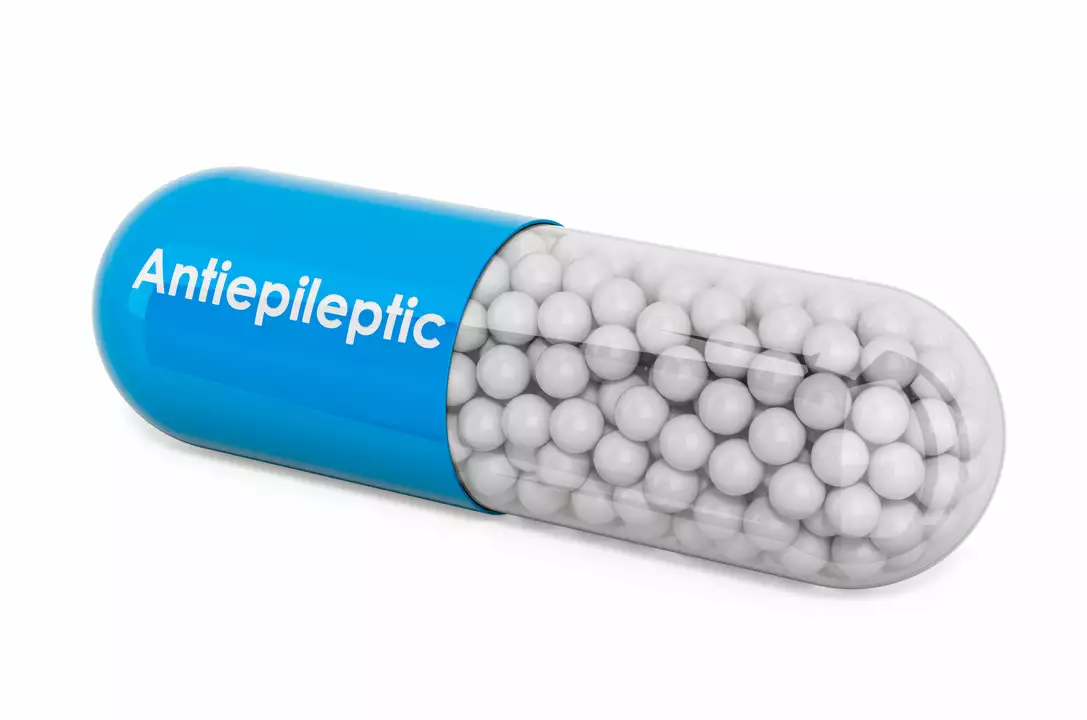Health News: FDA OK for Generic Vibramycin and Levetiracetam Updates
This week brings two practical updates you should know. First, Lupin won FDA approval for a generic version of Vibramycin (doxycycline for injection). Second, new reporting and clinical experience keep levetiracetam (Keppra) in the spotlight for treating post‑traumatic seizures. I’ll explain what these changes mean for patients and clinicians, and what to watch for next.
What Lupin’s FDA approval means
FDA approval for a generic injectable doxycycline usually lowers cost and improves supply in hospitals. Doxycycline for injection is used for certain bacterial infections where IV treatment is needed, including some community and hospital infections. A new generic can help hospitals avoid shortages and give prescribers more options when treating patients.
From an antibiotic stewardship angle, more availability matters. Affordable generics let hospitals keep effective, narrow choices on hand and reserve broad‑spectrum drugs for cases that truly need them. That can slow the rise of resistant bacteria. Still, doxycycline should be used based on culture results or clear clinical indications, not as a default.
If you or a loved one is admitted and your team mentions doxycycline IV, ask why it was chosen, how long treatment will last, and whether a switch to an oral form is planned. Oral doxycycline is often an easy step‑down from IV therapy and can shorten hospital stays.
Levetiracetam and post‑traumatic seizures — practical takeaways
Levetiracetam is commonly used after traumatic brain injury to prevent early seizures. Recent clinical comparisons show it performs similarly to older drugs like phenytoin for early seizure prevention but tends to be easier to tolerate for many patients. That’s why many neurologists and trauma teams prefer it, especially when monitoring for side effects matters.
What should patients know? Levetiracetam is usually started in the hospital and doses are adjusted by a neurologist. Common side effects include drowsiness, fatigue, and mood changes. If a patient or caregiver notices new irritability or confusion, tell the care team—these changes can be managed by tweaking dose or switching meds.
For long‑term seizure prevention after brain injury, decisions depend on injury severity, EEG findings, and individual risk factors. Some patients need short‑term prophylaxis only; others may require ongoing treatment. Always follow the specialist’s plan rather than stopping medication abruptly.
Both stories show how treatment options are shifting toward broader access and better tolerability. More generics can reduce cost and supply issues, while drugs like levetiracetam offer practical advantages in real‑world care. If you have questions about a prescription, ask your pharmacist or doctor for a clear reason, expected duration, and possible side effects. Follow RedBoxRX for quick, useful updates on these and other pharmacy developments.

 Mar, 22 2024
Mar, 22 2024
